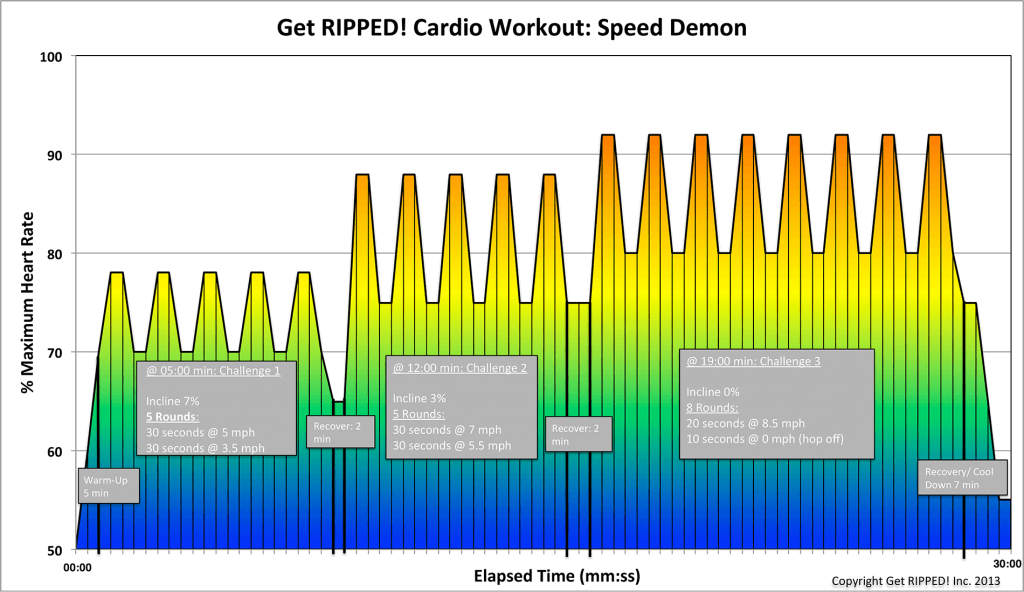Blog
So You Want To Be More Flexible?
 There are four important types of fitness, flexibility, strength, endurance and balance. Lifting weights is part of strength-building and aerobic workouts are endurance activities, it takes more than just exercise to be strong or cardiovascularly fit. The same is true of flexibility, while you need a program of regular exercise to be more flexible, there are other factors that are also important.
There are four important types of fitness, flexibility, strength, endurance and balance. Lifting weights is part of strength-building and aerobic workouts are endurance activities, it takes more than just exercise to be strong or cardiovascularly fit. The same is true of flexibility, while you need a program of regular exercise to be more flexible, there are other factors that are also important.
When you workout, don’t forget to warm-up.
Just touching your toes won’t make you more flexible, you need range of motion exercises, followed by cool down workouts. Before you workout, dynamic stretches help warm the muscles and increase their flexibility. Dynamic workouts include movements like side lunges, jumping jacks and squats. Making sure your workout includes full range of motion exercises, such as deep squats, helps improve flexibility. If you’re working out with weights, they should be lighter weights to ensure you get maximum range of motion.
Learn to take your stress level down to a minimum.
If you’re under stress, your body tightens. You can feel it. If you feel threatened or about to have injury or even a difficult workout, your body can brace itself for that task. That makes you less flexible. If you try to do stretches at that time, you’re asking for problems that can cause muscle damage. You need to learn ways to relax and unwind, not just in the gym, but throughout the day. Many things can help you do that from meditation and deep breathing exercises to going for a walk or taking yoga or tai chi. Learning to relax starts in the mind. Don’t force yourself to be more flexible, just take it easy as you workout.
Stay hydrated.
Your body is between 45-75% water, but the more lean muscle tissue you have, the higher the percentage. That’s because fatty tissue has less water than lean muscle tissue. The biggest component of the muscle is water. Proper hydration is important for muscles working at peak performance. If you’re working out and want to build flexibility, you need to make sure you have adequate hydration. Keep water with you and sip on it throughout your workout.
- Learn to breathe deeper. Don’t breathe through your diaphragm, but instead place your focus on the belly and watch to ensure it causes your belly button to move in and out with your breaths. Practice this focus daily for at least five minutes to help you relax while you workout.
- If you finish your workout, don’t forget cool down exercises. These exercises can be static exercises, like touching your toes. It’s a time when your muscles are warm and most flexible.
- Whether you choose a massage or foam rolling, using muscle relaxing techniques can help loosen the muscles that restrict movements. If you do it after the workout, it helps flush out waste products. The services of a trained masseuse periodically can help you stay more flexible.
- Flexibility training is often neglected, but very necessary to help you stay fit and prevent injury. It can improve performance, reduce muscle pain, improve both your balance and posture, plus make you feel good.
For more information, contact us today at Jari Love


